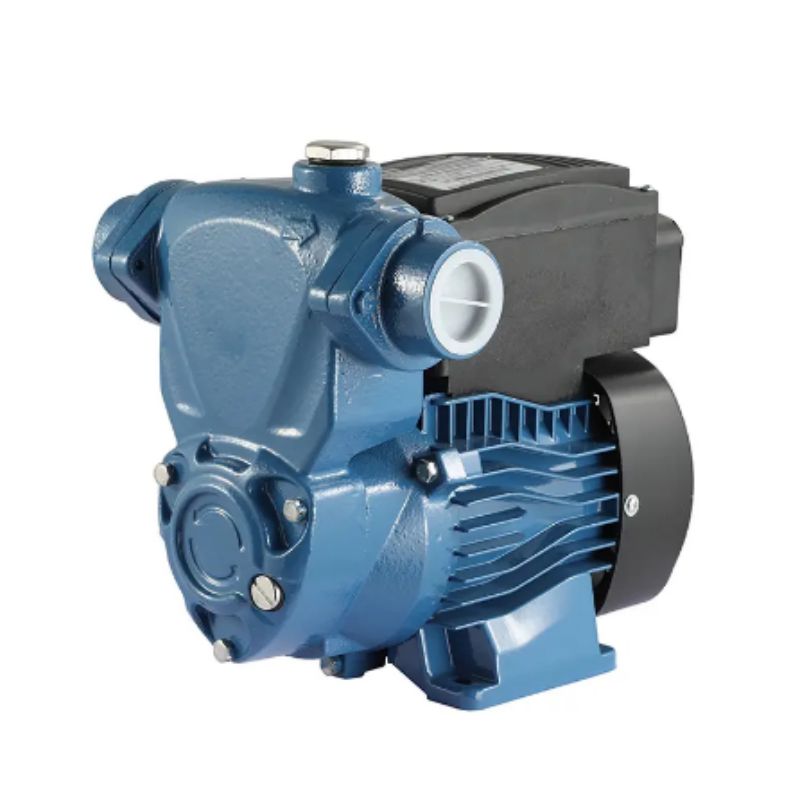Introduction (Approximately 100 words): Peripheral water pumps are essential devices that ensure efficient water supply in households. When choosing a peripheral water pump, it is crucial to consider its efficiency to optimize functionality and minimize energy consumption. In this article, we will delve into the key factors that make peripheral water pumps efficient for household use, providing insightful information for homeowners looking to maximize their water supply system’s effectiveness.

Motor Efficiency (Approximately 200 words): The heart of a peripheral water pump lies in its motor. Efficient peripheral pumps are equipped with a high-quality motor that ensures superior performance. These pumps usually employ advanced technologies such as permanent magnet motors or brushless DC motors, which offer exceptional energy efficiency and silent operation.
The motor’s efficiency is measured by its power consumption and output performance. Look for pumps with a high wattage-to-water flow ratio, as this indicates optimal efficiency. Energy-saving features like automatic shut-off systems or variable speed control also contribute to overall efficiency by reducing unnecessary power consumption.
Hydraulic System Design (Approximately 250 words): Apart from motor efficiency, the hydraulic system design plays a vital role in determining the overall efficiency of a peripheral water pump. The pump’s impeller and volute casing significantly influence water flow rate, pressure, and energy consumption.
Efficient peripheral water pumps incorporate design strategies such as backward curved impellers, optimized impeller vane angles, and precisely calculated volute casing shapes. These factors ensure that the pump efficiently transfers mechanical energy into the water, reducing energy loss and maximizing pump performance.
Additionally, pumps with multiple impeller stages provide significant benefits. By dividing the pumping process into multiple stages, each impeller can work optimally, resulting in enhanced efficiency overall.
Material Selection (Approximately 150 words): The choice of materials used in manufacturing peripheral water pumps is crucial for both durability and efficiency. Look for pumps constructed with high-quality materials that are resistant to corrosion, rust, and wear.
Stainless steel or durable thermoplastic housing not only ensures longevity but also helps maintain optimum pump efficiency. These materials prevent internal friction, reducing energy loss and extending the pump’s lifespan. Additionally, pumps with components made from high-quality brass or cast iron provide efficient heat dissipation, reducing the risk of overheating and enhancing overall functionality.
Proper Sizing and System Design (Approximately 200 words): Choosing the right-sized peripheral water pump for specific household needs is critical for efficiency. An oversized pump will consume excessive energy, while an undersized pump may struggle to meet water demand.
Consider factors like desired flow rate, total dynamic head, pipe diameter, and available power supply when selecting a pump. Consulting with professionals or using online calculators can help homeowners accurately determine their water supply requirements and select an appropriately sized peripheral water pump.
Furthermore, optimizing the overall system design, including pipe routing, minimizing bends and restrictions, and regular maintenance, all contribute towards enhanced efficiency and system longevity.
Conclusion (Approximately 100 words): To achieve an efficient and reliable water supply system in households, selecting the right peripheral water pump is essential. Focus on factors such as motor efficiency, hydraulic system design, material selection, and proper sizing to ensure optimal performance while minimizing energy consumption. By choosing an efficient peripheral water pump, homeowners can enjoy a consistent and cost-effective water supply, while also contributing towards a greener future.
Post time: Nov-09-2023